3 Things to Watch For as NASA Returns to Moon After 50 Years
"The most powerful rocket in the world."
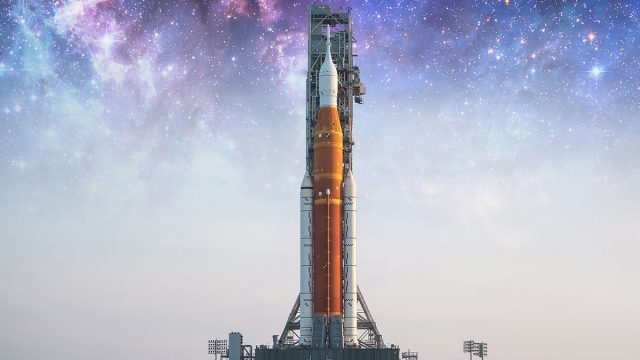
This week, the U.S. space program moved closer to the long-held promise of returning to the moon. The event was the launch of the unmanned Artemis I rocket, which blasted off from Kennedy Space Center in Cape Canaveral, Florida, overnight on Wednesday—50 years after the first Apollo moon mission. “#Artemis I begins a new chapter in human lunar exploration,” NASA tweeted.
That’s because Artemis carries at its tip a craft called Orion, a capsule that will one day take astronauts to the moon. Artemis itself is an SLS rocket, which NASA says is “the most powerful rocket in the world.” So how will this Artemis and Orion mission lead to humans exploring the moon’s surface once again? Read on to see three things to watch for during the flight, and why NASA’s launch director described the rocket’s blast-off as “a first”—and to boost your brain, don’t miss these mind-blowing The 10 Most “OMG” Science Discoveries of 2022.
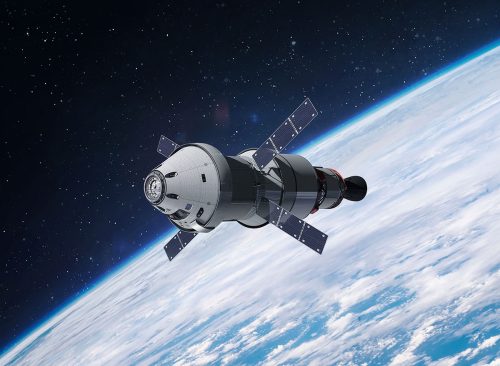
NBC News reports that the 26-day Artemis flight will test the SLS rocket and the Orion capsule before missions begin with humans aboard. The craft is carrying a set of mannequins that stand in for astronauts, outfitted with multiple sensors that will report various flight conditions and gauge radiation levels. Artemis is slated to head to the moon, remain in its orbit for a few weeks, then return to Earth.
It’s planned to splash down in the Pacific Ocean on Dec. 11. If Artemis I is successful, two more test flights are planned, each a bit more advanced. If those flights come off without any hitches, NASA says humans may be on the moon by 2025.
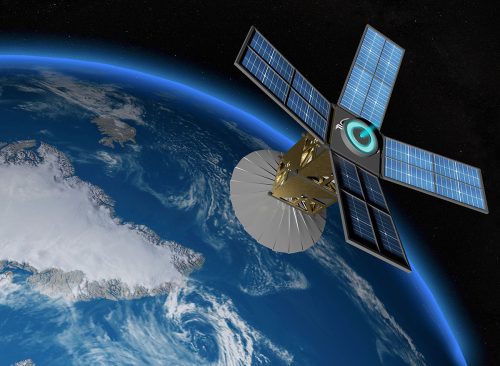
“A top objective is to test the durability of Orion’s heat shield during re-entry as it hits Earth’s atmosphere at 24,500 miles per hour, or 32 times the speed of sound, on its return from lunar orbit—much faster than re-entries from the space station,” Reuters reports.
The craft’s heat shield is designed to withstand heat on re-entry into the Earth’s atmosphere, which can reach temperatures of almost 5,000 degrees Fahrenheit. Artemis is also scheduled to release 10 miniaturized science satellites called CubeSats. One is designed to measure ice deposits on the moon’s south pole, where, ideally, Artemis will someday land astronauts.
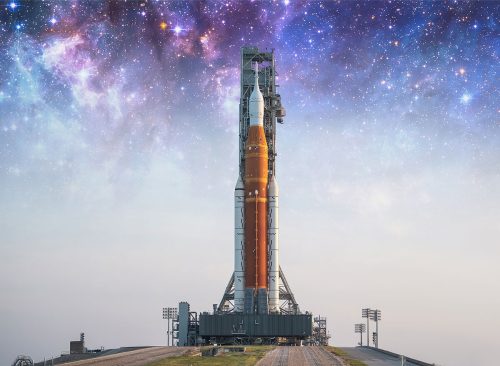
As for that schedule: Artemis I is scheduled to be followed by an Artemis II test flight in 2024. That mission is intended to launch four astronauts in the Orion spacecraft on an expedition around the moon. In 2025, Artemis III will include the first woman and the first person of color to land on the moon.
After Artemis undertakes regular missions to establish a base camp on the surface of the moon, the Red Planet is the next target. The Obama Administration set the goal of landing humans on Mars by 2033, and NASA administrators have that deadline in sight.
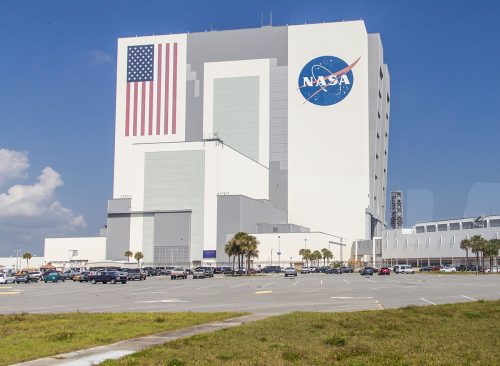
The U.S. space program made six Apollo missions to the moon via Saturn V rockets. The last was in 1972. After that, NASA concentrated on low-earth orbit via the Space Shuttle and the International Space Station. It was determined that for future missions to the moon, sophisticated rockets than Saturn V were necessary.
NASA has developed Artemis for more than a decade, to complaints that the program is years behind schedule and well over budget. This year, NASA Inspector General Paul Martin said the agency is likely to spend $93 billion on the Artemis program from 2012 to 2025. Each Artemis launch is expected to cost about $4.1 billion.

“We’re going back to the moon in order to learn to live, to work, to survive,” said NASA administrator Bill Nelson during a news conference last summer. “How do you keep humans alive in those hostile conditions?” He added: “And we’re going to learn how to use the resources on the moon in order to be able to build things in the future as we go—not a quarter of a million miles away, not a three-day journey—but millions and millions of miles away on a months and months if not years-long journey.”
“Every day that I personally spent on the space station, I looked at it as walking on Mars,” NASA astronaut Reid Wiseman, chief of the Astronaut Office at Johnson Space Center, told CNN. “That is why we’re up there. We’re trying to make life better on Earth and we’re trying to expand humanity into our solar system.”














